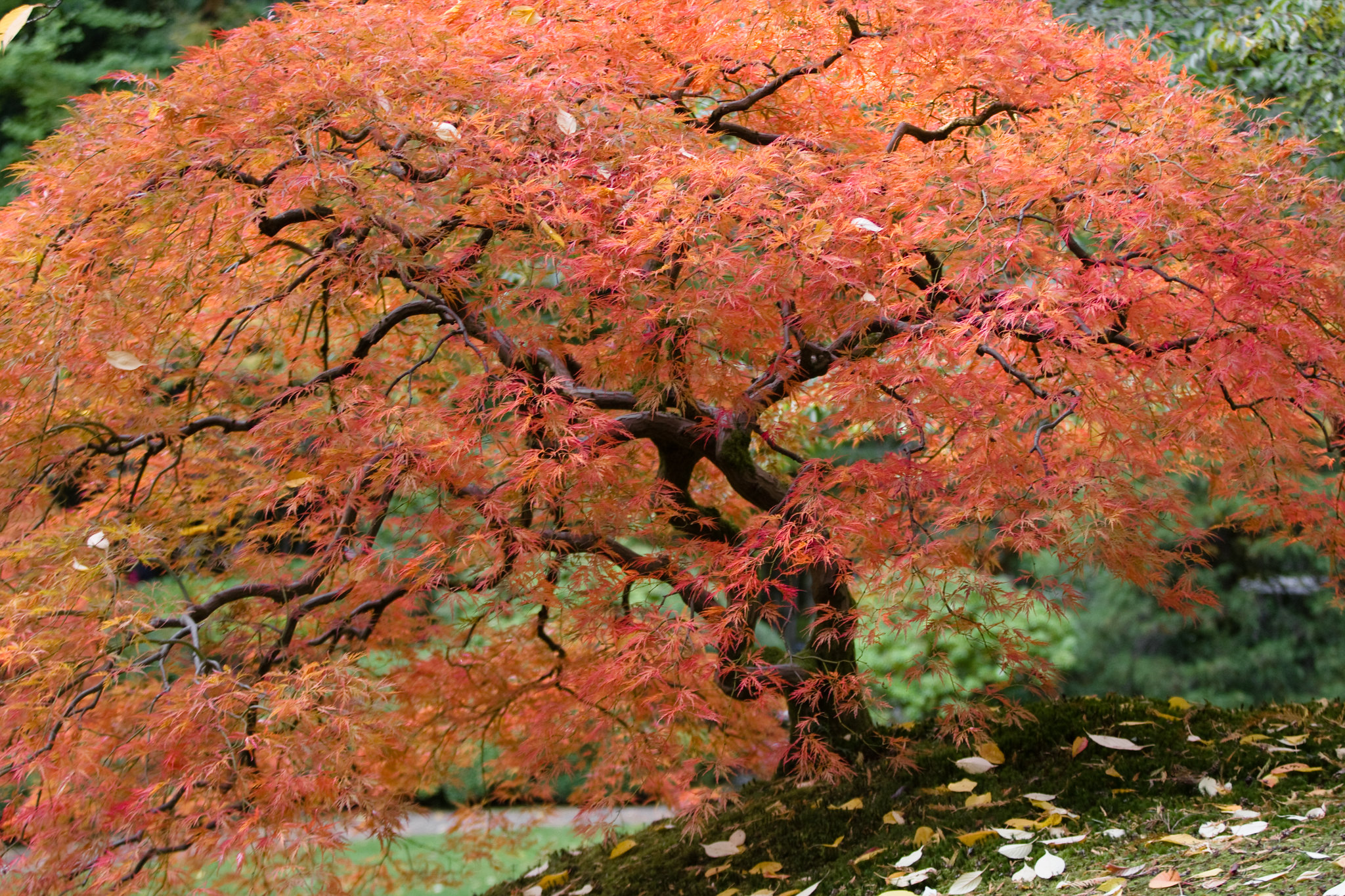Ten years ago, the Clackamas chapter of the Oregon State University Extension Service Master Gardeners came up with the idea to offer gardeners research-based information in small, digestible pieces. The result was 10-Minute University, which was unveiled at the annual Spring Garden Fair where gardeners are hungry for guidance.
“We thought maybe we should do some short classes,’” said Sherry Sheng, a 14-year Master Gardener veteran and former president of the Clackamas chapter. “There are thousands of people buying plants; chances are they want to know about those plants.”
When she says “short,” she means it. The group decided to offer 10-minute sessions, so people could get back to what they were there for – shopping at the largest and longest-running of the Master Gardener sales, held each year since 1986. Soon it became apparent that 10 minutes wasn’t long enough.
“The speaker would say, ‘Time’s up,’ and there would be a collective sigh; people would just sit there and start to ask questions,” Sheng said. “We stretched it out to 15 minutes and the evaluations still said they were too short. Eventually we settled on 25 minutes.”
The Master Gardeners base their talks on information gleaned from university research and give out 10-Minute University handouts of their presentations that are available online. There are now 54 topics, from general gardening to attracting pollinators, and an additional 48 videos, which get thousands of hits. One alone – given by Sheng on pruning Japanese maples – is up to 74,000 hits.
Instructors come and go, but there’s always a core group of six to eight people who commit to doing presentations on topics of interest to them and are available to back each other up. The next presentations will be given in the Portland area at the Clackamas chapter’s Garden Discovery Day on the first Saturday in March, at the Milwaukie Center.
“We are getting so popular our classes are filled all the time,” Sheng said. “We haven’t turned anyone away yet, but we may be getting there.”
There are, of course, always the handouts, and here are some tips gleaned from them:
Shrubs and trees planted in fall suffer less environmental stress than those planted in spring. What does this mean? Plant in the fall, especially trees and shrubs that represent a significant investment of labor and funds. Fall planting requires less supplemental watering and affords plants a cooler and wetter climate to grow.
Healthy soil is composed of 25% air, 25% water, 45% minerals and 5% organic matter. To ensure space for air and water, avoid compacting soil by walking on it or working it when it’s too wet. To check readiness, squeeze a handful of soil tightly in the palm. If it forms a ball yet falls apart easily, it is ready.
To encourage root growth on blueberries, prune off flower buds in year one; reduce fruit production in year two. Douglas fir sawdust is best for mulching blueberries; begin with 2 inches at planting and build up to 6 inches in three years.
Unless light is plentiful, growth of most indoor herbs will slow or stop during winter even when kept in a warm location. For the most part, herbs require lots of sunlight. This is why growing herbs inside during the winter requires supplemental lighting. It’s important to realize that the intensity of winter light is often less than one-tenth of the outdoor light during summer. Then too, the window glass further decreases the amount of light that’s available for indoor plants of any kind.
Don’t follow the ill-advised practice of adding a layer of coarse stuff in the bottom of a container for drainage. Because of the dynamics of water movement within a container, that coarse material under the potting mix will inhibit drainage.
Fertilizing lawns in the fall encourages root growth while doing so in the spring encourages top growth.
About 70% of native bees nest below ground; bare ground in the garden provides habitat for them.

